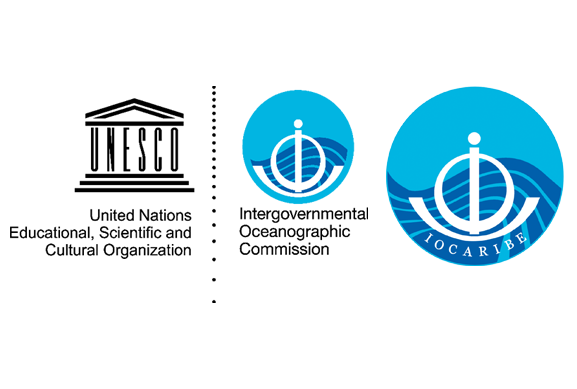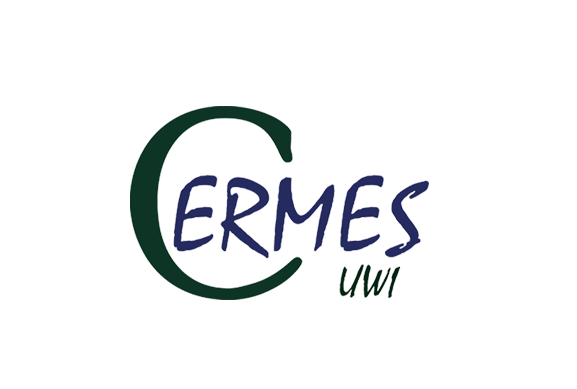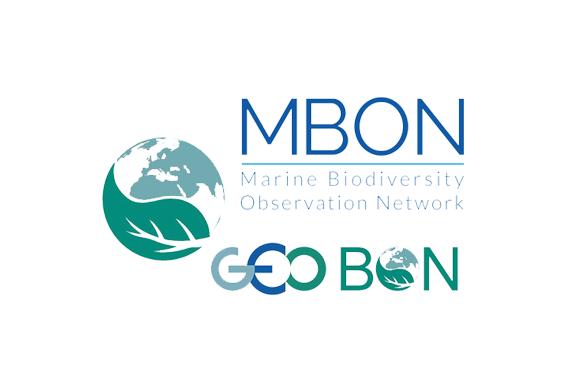Dominica, like other Eastern Caribbean states, experience sargassum inundations on the windward coast – that is, the east coast. However, due to geographic location, influx events are not as frequent as Eastern Caribbean Island States lower down in the island chain.
Fortunately, Dominica’s beach tourism was completely unaffected by sargassum events as none of the recreational beaches have experienced strandings of a volume that require clean-up. Human health impacts were uncommon because areas experiencing high inundations are sparsely populated.
While most of the fish landing sites are located on the leeward coast (completely unimpacted by sargassum), the few fish landing sites on the windward coast are exposed to sargassum influxes and, fisherfolk at these sites reported damage of vessels and equipment due to entanglement, as well as obstructed access to fish aggregating devices and landing sites. Additionally, changes in the types of fish caught have been observed. This includes an increase in amberfish/crevalle and lobster landings, as well as juvenile dolphinfish, and a decline in pelagic fish such as flyingfish, dolphinfish, jacks and robins landings.
Despite various ecosystems being exposed to sargassum influxes, there has been no reports of the impact it has on them.









